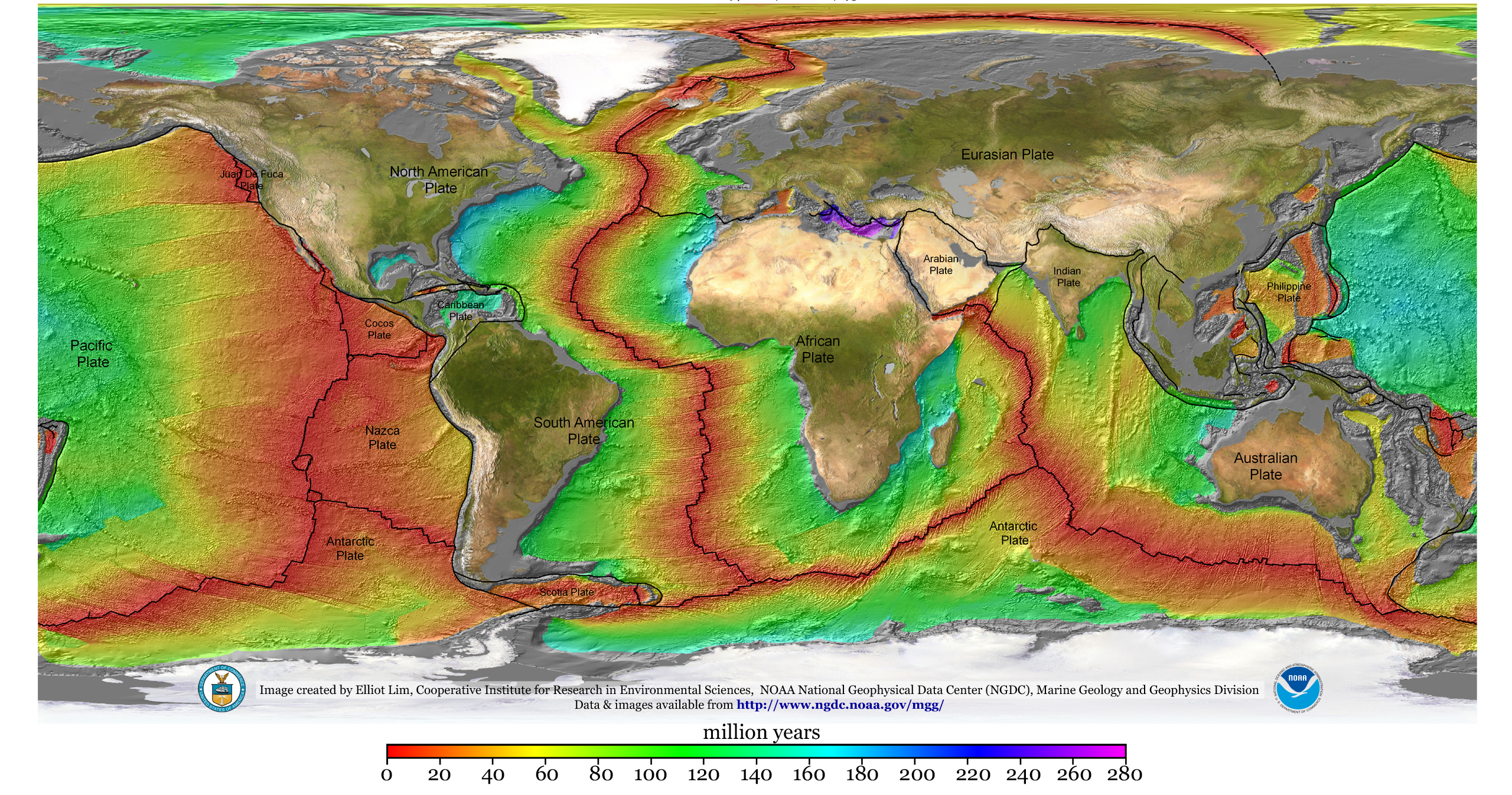All Categories
Featured
Table of Contents
Geophysicist Job Profile in Jandakot Western Australia 2020
Connect with MBA programs looking for candidates like you. Study. Connect with master's programs around the country to get an edge over the competitors.

A geophysicist studies various elements of the earth. According to the U.S. Geological Study, they study gravity, magnetic, electrical, and seismic activity events. Geophysicists likewise record, examine, and take measurements of geographical features and anomalies. Enjoy a video to learn what a geophysicist: Geophysicists must earn a minimum of a bachelor's degree; nevertheless, this is for an entry-level position.
Advanced degrees require more specific research studies in the specialty of choice. Task potential customers are greater if you have a strong background in computer system science or technology.
What Does A Geophysicist Do: Duties And Responsibilities in Westminster Western Australia 2020
Access to these chances may be restricted depending upon where you live; nevertheless, internships or summertime programs with geophysical business, university geophysics department, or the U.S. Geological Survey can be choices. You can find a list of a list of opportunities on the United States Geological Survey (USGS) websites' Pathway Programs tab (opens in another link).
Geophysicists also work with computers while looking into, so computer system courses can also be helpful, as mentioned previously in this short article. Many geophysicists specialize in an area of geophysics.
A geophysicist's tasks can include measuring, tracking, and documenting data from numerous physical homes on earth. Geophysicists typically have to travel worldwide to analyze geological occasions that have occurred or might have been anticipated.
What Would I Be Doing As A Geophysicist? in Hamilton Hill Western Australia 2023
Jay Wellik, a geophysicist, research studies volcanos. Geophysicists typically work full-time hours; however, they often work irregular hours, as pointed out previously.

You can discover additional info about Geophysicists together with extra academic products on the U.S. Geological Survey website (links open in a new window). Laura Stern, of the U.S. Geological Study at the Gas Hydrates Lab in Menlo Park, California: We make a variety of different hydrates in the laboratory.
We likewise make carbon dioxide hydrate, ethane hydrate, propane, a number of different structures. Liquid nitrogen is really cold. It has to do with 100 degrees chillier than the temperature level at which these hydrate samples would dissociate, when they would disintegrate to ice plus gas on the tabletop. In here we have a little piece of methane hydrate.
What Is Geophysics? in Watermans Bay Australia 2020
The samples we make, their polycrystalline. They look like snow, it looks like compressed snow but honestly, it does include gas inside. Take a little piece off here and as it warms up, you'll begin to see it pop. It's reverting to ice plus gas and then as the ice would melt as it continues to warm, it will end up being water plus gas.
My name is Steve Kirby, I'm a Geophysicist here at the U.S. Geological Survey in Menlo Park. I work with Laura Stern who is likewise a Geophysicist in this laboratory that adheres towards the examination of planetary ices and gas hydrates. Gas hydrates in nature take place in very remote places and they are really intricate with the interactions and conditions that they form under and samples that are brought up are under some sort of alternation or decay.
This is an uncommon lab and there are just a handful of them worldwide and we are extremely lucky to be here at the Geological Survey and to have the chance of dealing with them. Bureau of Labor Data, U.S. Department of Labor, Occupational Outlook Handbook, Geoscientists. National Center for O * Internet Development.
Geophysical Survey And Remote Sensing Techniques in Warnbro Aus 2020
00. O * Internet On, Line. This video was produced by the government for the U.S. Geological Survey. The USGS Gas Hydrates Laboratory is funded by the Department of Energy and the USGS Gas Hydrates Task.
Latest Posts
Geophysical Survey in Jandakot Australia 2020
Geophysics Definition & Meaning in Roleystone Oz 2021
Geophysical Survey - Explore The Seafloor in Kinross WA 2021